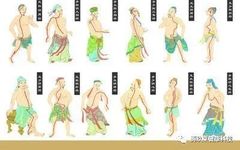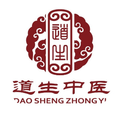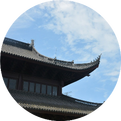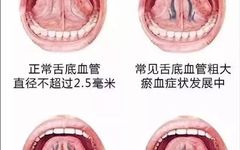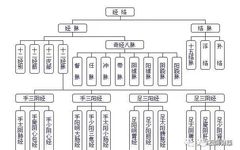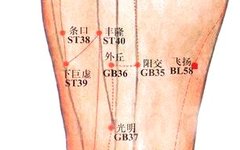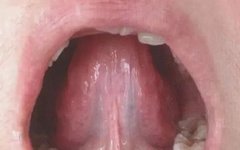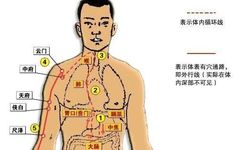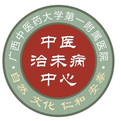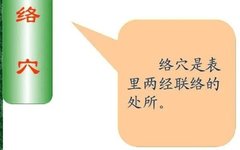Understanding the Meridians in Traditional Chinese Medicine
The meridians are a collective term for the jingmai (经脉) and luomai (络脉). They serve as pathways for the circulation of qi (气) and blood (血) in the human body, connecting the organs (脏腑) and facilitating communication between the internal and external environments, as well as traversing vertically and horizontally throughout the body. The functions … Read more

